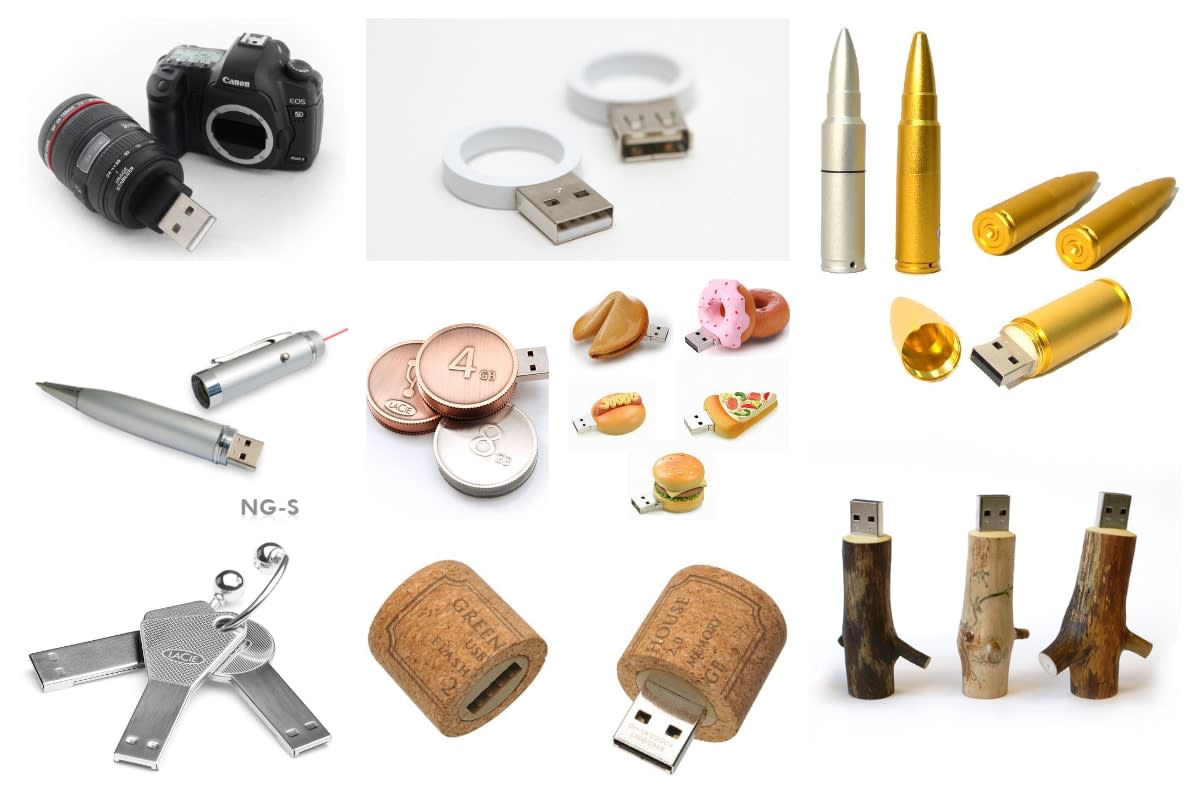Encrypted Books

Every now and then you run across interesting bits of information about things you had never thought to think about before. That happened when I attended a historical symposium on the History of Cryptology in 2013. Contrary to what the average person might first think, the subject has nothing to do with Halloween (“Tales from the Crypt”), nor anything to do with ancient tombs.
Instead we are talking about encryption and encrypted books, books created through the science of cryptology. Cryptology is all about the making and breaking of codes, usually associated with some form of written message. You might ask why anybody would do such a thing. It turns out there are many reasons, most of them really of little matter to most of us. Some folks simply seek to be discreet about their business dealings, love affairs, drug dealings, or other personal affairs.
They usually hide these things because the open share of those messages leads to some sort of negotiating or personal disadvantage. Marriage partners may not want to openly share information about their extramarital affairs. Business people may not want to share their latest market item or business strategy. Football teams may not want to share their play lists. Drug dealers may not want to share the place and location of their next meeting. They all seek to hide information about what they are doing, or when they are doing it.
Other folks might openly flaunt these same things.

The Study
There are other more nefarious reasons why folks seek to hide their message exchanges. Such things as knowing your enemy's battlefield orders or diplomatic instructions can wreak havoc on attempting to achieve a goal if both sides know what those orders or instructions are. Concerns about this latter case serve as an impetus for developing new encryption technologies. These concerns also drive the evolution of methods (and machines) to decipher the products of these new technologies. As adversaries, one side seeks to hide the message, the other side seeks to understand those same messages before the message instructions can be exercised.
And that brings us to the science of cryptology, which studies both making encrypted messages and breaking encrypted messages. The Historical Symposium on Cryptology shares studies of that history, primarily the history of military and diplomatic cryptography and cryptanalysis. I like to think of it as the history of the cryptologic race.
The 2013 Symposium focused on the advances of technology. You may have heard about some of the most recent advances in technology in the news. If you want to know more, do Internet searches on terms such as ‘Snowden’, or other terms that you hear in the news. The short summary is, to all appearances, the folks who seek to discover and decode the hidden messages of these modern times are able to do so, seemingly easily. Worse, they appear to have taken the technology to our enemies.
An Encrypted Book
Links to Encrypted Books Web Sites (to be updated)
- Klaus Schmeh’s List of Encrypted Books – Cipherbrain
This is Klaus Schmeh's list of encrypted books. There are over fifty books on the list. http://scienceblogs.de/klausis-krypto-kolumne/klaus-schmehs-list-of-encrypted-books/
Encrypted Books
However, this article is about encrypted books, a topic that was presented at the Symposium in a 2013 presentation by German computer scientist Klaus Schmeh. His presentation was entitled “Encrypted Books: Why some secrets fill hundreds of pages”. This presenter had shared his study of the Voynich manuscript at a prior conference, and had become interested in finding out about other encrypted books that existed. He found many. The essence of his presentation was that these books covered a variety of topics, were created in different centuries, and varied in the level of their encryption and also varied in the technological level of their content. He also noted that the encryption methods used in several of these books had still not been solved. In others the method had been solved, but they had not been fully decrypted.
The interest in the audience was immediately apparent; after all, this was a conference on cryptology. And here were a bunch of open source materials that needed to be decrypted. Some were interested in specific books he named, since they appeared to be diaries by historical figures whose names were recognized by the attendees. He was also encouraged by the audience to set up a web site to help coordinate efforts to find and decode similar books.
GeoCaching
- Geocaching - The Official Global GPS Cache Hunt Site
Geocaching is a treasure hunting game where you use a GPS to hide and seek containers with other participants in the activity. Geocaching.com is the listing service for geocaches around the world.

Other Encrypted Books
Some books are encrypted, so to speak, by the simple fact that they are hidden from all but the most observant or informed people.
I was made aware of one other type of book during this interesting symposium, this time by presenter Elonka Dunin, a game designer for a company called Simutronics out of St. Louis. These books were the sort that you find at the end of a miniature treasure hunt. In recent years, a new hobby/game/past-time has come into existence, enabled by technological improvements made to the global positioning system. We know the new technology as GPS. This technology comes to us in the form of little hand-held devices. These little devices can talk to us, and tell us where to go. And thus, the new game – geocaching.
Geocaching is a game where folks hide little boxes that contain things. Other folks are then invited to find those little boxes. The invitation is recorded on a web-site – geocaching.com. The web-site also allows folks to record their creation of a cache site, lets them give the cache a name, and allows visitors to their cache to record a log of their visit, the fact that they found it, or other miscellaneous notes. During the symposium we checked for nearby geocaches. We found one listed at the site that was called “Time Capsule”. We did not do as well at another called “Be a Squirrel...” The neat thing was that there was a miniature weatherproof capsule at the final destination of the first hunt, and it held a miniature log book. Elonka entered her name, and thus logged her visit. This log book had absolutely nothing to do with the trees we encountered at the next geocache site, which are a totally different (and more natural) type of log.
Kryptos Dinner Factoids (October 2013)
- Ed Scheidt, adviser to Jim Sanborn, attended the Kryptos dinner this year. Mr. Scheidt did a presentation on computer network security and a summary of the Kryptos related FOIA information released by NSA.
- There was a brief discussion of how the group would go about advertising to the world the solution to K4, if it is ever solved.
- From the sculptor Jim Sanborn
o K1, K2, K3 do not need to be solved to solve K4.
o All four parts need to be solved to solve the next part. Many in the group have shared the opinion in the past that once K4 is solved, there is more. - An additional clue was released November 2014. The K4 letters NYPVTTMZFPK decode letter for letter to the phrase BERLIN CLOCK.
- Yahoo! Groups
The Yahoo! Group Kryptos is the one central place to get and share information about solving Kryptos. - Jim Sanborn: The Artist's Official Site
- Elonka's Kryptos Page
Kryptos is a sculpture located on the grounds of CIA Headquarters in Langley, Virginia. Installed in 1990, its thousands of characters contain encrypted messages, of which three have been solved. There is still a fourth unsolved section.
Kryptos
You might be wondering by now, what ties all these things together? The answer is a sculpture built in 1990 for the Central Intelligence Agency by artist Jim Sanborn. The sculpture is named Kryptos, and is located in the courtyard of the same Agency. The sculpture includes a set of encrypted characters, containing four separate messages. Three of those messages (called K1, K2, and K3) have been solved. The fourth (called K4) remains unsolved. The folks who are trying to solve the Kryptos sculpture meet roughly around the same time as the bi-annual meeting of the Cryptologic History Symposium. Most of the folks seeking to solve this puzzle do not have anywhere near the skill, understanding, or capability of the sort of folks who present at the history symposia. Nevertheless, they meet, learn, and exchange ideas and come to a better understanding of what cryptology is all about.
The 2013 meeting was especially interesting. Among those attending were members of the team that, according to recently released Freedom of Information Act (FOIA) documents from the National Security Agency, initially solved the first three parts of Kryptos. One of the original NSA team now believes he is ‘close’ to solving the fourth part. The former team members have some really stringent obligations with respect to releasing information though (even when retired), so even if the puzzle is solved it may be some time before the solution is released. Like most other significant events in the history of cryptology, the events may not be advertised until years after they occur.







